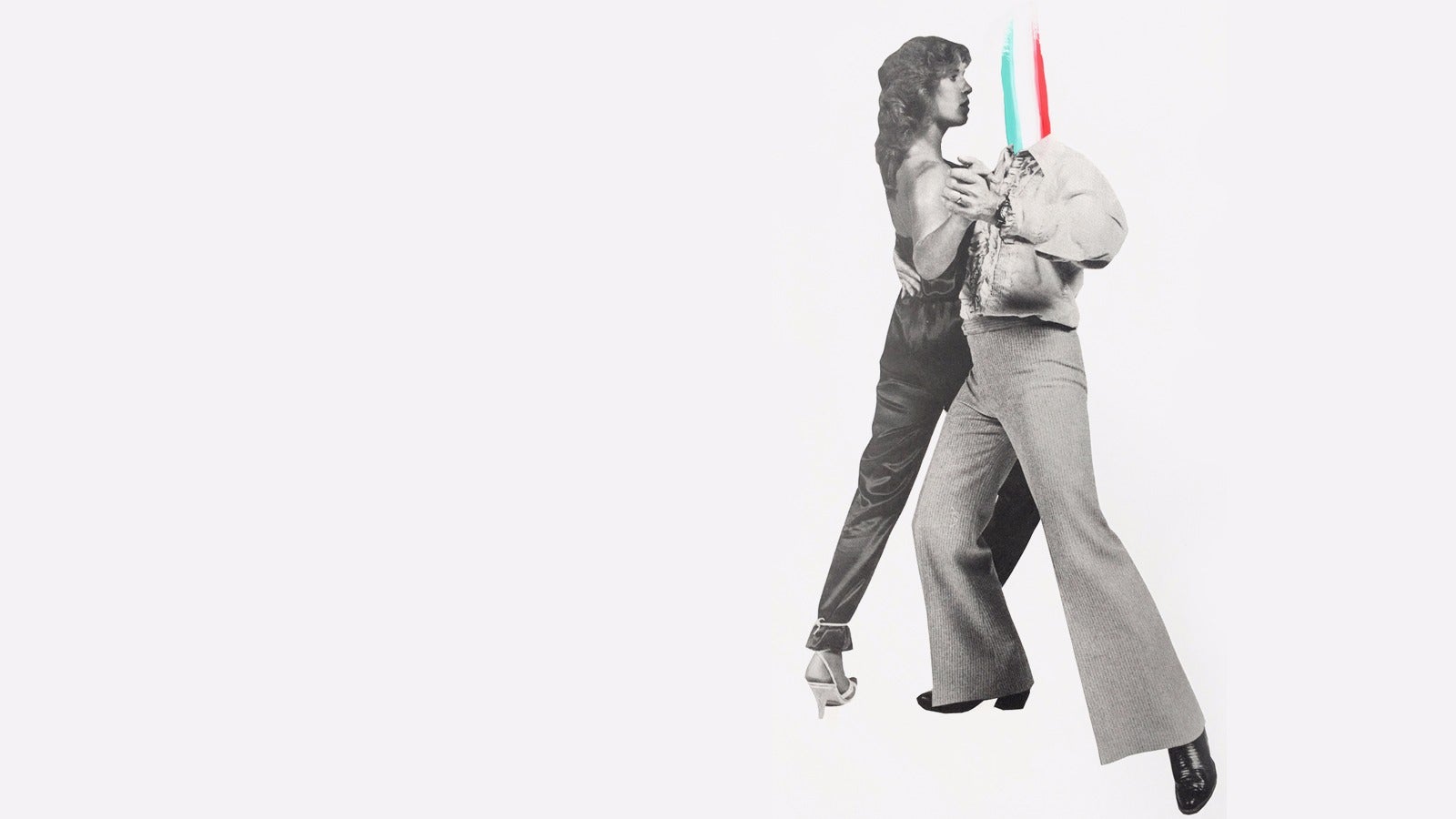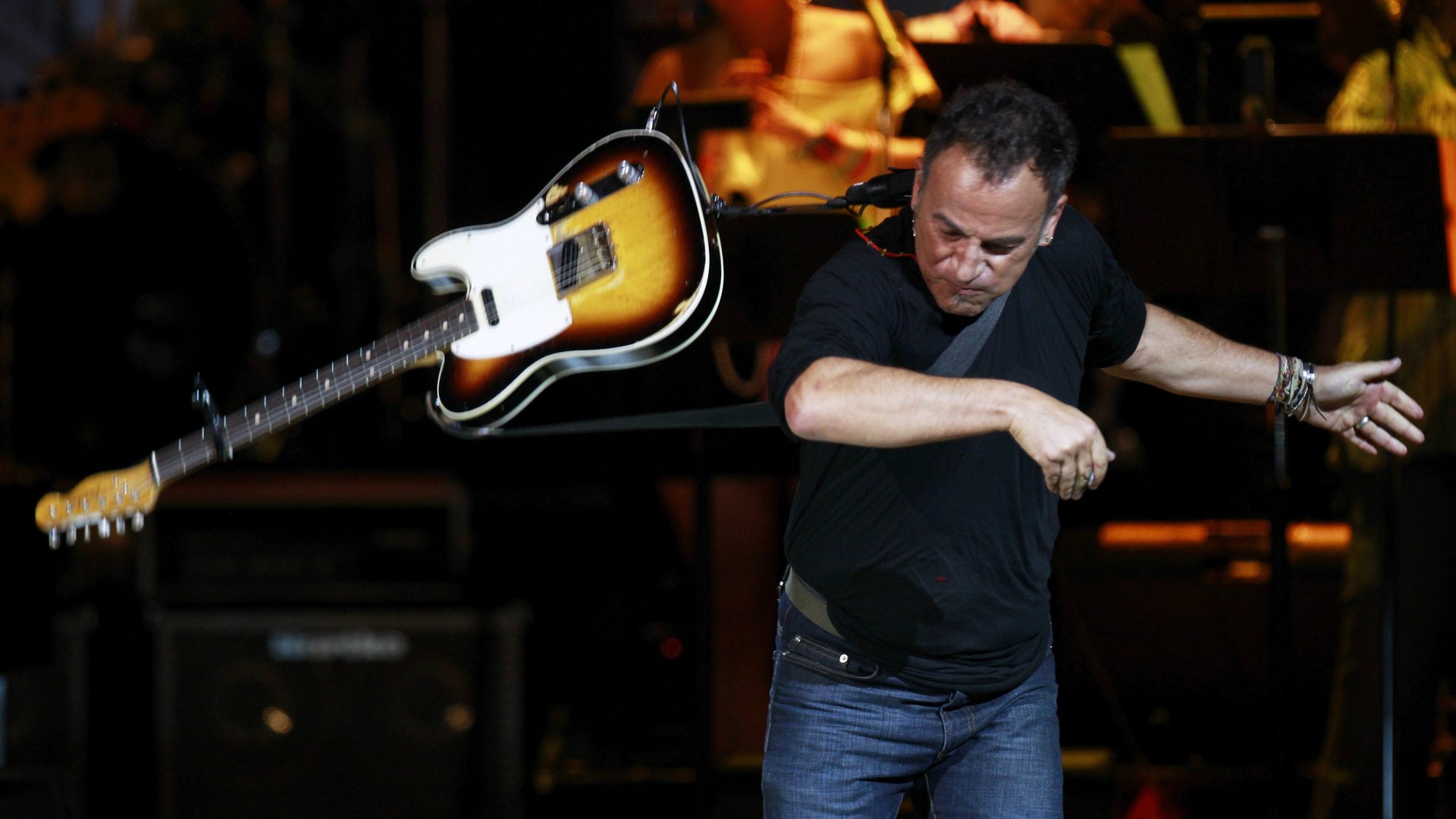Rock ‘n roll in the library? When music gods go old and grey
Printed materials, priceless recordings, boxes of personal papers, and other flotsam and jetsam associated with modern music icons are, as rockers age and die, becoming part of the historical record.


Printed materials, priceless recordings, boxes of personal papers, and other flotsam and jetsam associated with modern music icons are, as rockers age and die, becoming part of the historical record.
On what would have been his 75th birthday, Mar. 2, it was announced that Lou Reed’s personal record collection, thousands of hours of video and audio recordings, and other materials from his long career were acquired by the New York Public Library at Lincoln Center Plaza, making Reed the latest iconic recording artist to have a private collection go down in history. The Grateful Dead, Bob Dylan, and, recently, Bruce Springsteen are all transcending fame by aligning themselves with research libraries and archives that preserve their personal papers and artifacts for scholars to study and the public to view.
Springsteen, 68, is making history by donating all his written works, photographs, periodicals, and artifacts to Monmouth University in New Jersey—minutes away from the small beach house where he wrote his enduring anthem, “Born to Run.”
When Springsteen announced his donation during a public conversation at Monmouth University with Grammy Museum executive director Robert Santelli, Springsteen said: “Songs can start a fire…stir the pot, create a dialogue, or an argument. They also document events. So, a song can be historical by nature and they are documents of the way people thought and felt and experienced things at that time.”
Springsteen is standing with other major talents of his generation by embracing the stability of the historical record. The Grateful Dead house their personal and business archives at the McHenry Library of the University of California Santa Cruz and Bob Dylan’s notebooks, correspondence, unrecorded song lyrics, and personal artifacts are located at the University of Tulsa’s Helmerich Center for American Research. Next March, the touring museum exhibition “David Bowie is” will reach the Brooklyn Museum (though the exhibition started years before the singer’s death in January 2016).
However, the Springsteen donation is unusual because it caps a large (and still growing) fan-based collection of never-meant-to-be-permanent ephemeral materials such as backstage passes, concert merchandise, magazines, and posters already housed at Monmouth University since 2011 when it was transferred there from the Asbury Park, New Jersey library.
Mass-produced print materials and other transitory minutia of everyday life have been a proven starting point for some of the most important historical artifact collections and are goldmines for primary source scholarly research.
But what is it that elevates a piece of paper from ephemera to historical artifact? And is there any guarantee that materials such as ticket stubs and concert programs and bumper stickers associated with an icon like Springsteen can pass the test of time?
According to precedent, and as a historian, I know they will.
Debra Schmidt Bach, PhD, the curator for decorative arts at the New-York Historical Society, confirms this appraisal. “These kinds of materials contain a lot of information on them that can be used to understand the culture from which they come. Bruce Springsteen has a lot to say to his audience and this experience is very interactive. So, it makes sense that fan-based material will serve as reminders of certain moments in time. It also makes sense that the [existing collection] will be kept with Springsteen’s personal materials.”
Schmidt adds that something as simple as a concert ticket stub is an access point to thinking about culture. It is important to keep such material in an archive where every one of these pieces of ephemera can be used to navigate or “read” a trail of history. “On one concert ticket, there is historical evidence of a date, a time, and a location,” says Schmidt. “There is design to look at, color to see, perhaps the name of the company who printed the ticket, and information on where the ticket holder sat at the venue. These are all avenues for research and credible artifacts of culture.”

Perhaps one of the most famous tickets ever saved is the one Henry Clay Folger shoved into his pocket at a Ralph Waldo Emerson lecture on March 19, 1879. Inspired by that lecture, Folger (then a student at Amherst College) bought an inexpensive set of Shakespeare’s works. That purchase marked the beginning of the Folger Shakespeare Library where among other notable books and artifacts are 82 first folios of the Bard of Avon’s collected plays, or one third of the world’s existing copies.
Bruuuuce
In 2001, it was the editors at the Springsteen-focused Backstreets magazine who organized a fan-to-fan campaign to begin collecting documents relating to Springsteen at a centralized location, because they feared information like rare magazine articles and other materials concerning his early career would be lost. The Friends of Bruce Springsteen, another fan organization, also contributed to collecting these grassroots “artifacts.”
Eileen Chapman of Monmouth University, director of these combined collections recently named The Bruce Springsteen Archives & Center for American Music, said the fan-donated materials, which consist of 35,000 items from 47 countries, are now part of the permanent Bruce Springsteen archive. Along with documents like the complete catalog of the no-longer-published UK music newspaper Melody Maker, the current archive includes a volume of Springsteen’s high-school year book that a fan purchased at a New Jersey flea market, and the 1975 editions of Time and Newsweek featuring Springsteen on their covers in the same week.
Springsteen is continuing to make history with the opening of his show, Springsteen on Broadway, by proving he is living in the present. Don’t expect a walk down memory lane, even though the nostalgia economy is a major player in today’s entertainment industry. Springsteen on Broadway does not feel at all like a cynically recycled career review, but something freshly new. Yes, it does have a sentimental first half hour painted with brushstrokes of light when he talks about his mother, but that joy is balanced with darkness when expressing the complexities of his relationship with his father. There is overt nostalgia for glory days with the E Street Band, featuring a band roll call and an emotive shout out to late saxophonist Clarence Clemons that honors the uniqueness of their long musical connection. There is also a soliloquy about leaving his home town of Freehold, New Jersey while lying in the bed of a pickup truck and traveling under a canopy of trees and stars with not much more than his youth and an optimistic heart. This story leads Springsteen seamlessly into a surprisingly tender version of “Thunder Road.”
But, to say Springsteen on Broadway is about nostalgia is to underestimate the artist behind the art, even though Springsteen himself is often quoted as saying “look at the art, not the artist.” While on the stage of the Walter Kerr Theatre, Springsteen the artist—vital and in command of his admittedly diminishing future—is front and center. In what is perhaps in his greatest sleight-of-hand trick, Bruce Springsteen, the ultimate boardwalk showman, takes a back seat here and Bruce Springsteen, the artist, steps forward. Springsteen on Broadway shows the audience a still-evolving artist who remains made more of wings than of wheels—and nostalgia was not invited along for this ride.
It is possible that because modern life seems jammed with nostalgia, along with ongoing arguments about what is fake and what is real, that it’s reassuring to have icons like Bruce Springsteen and others contributing to the permanency of history by donating their priceless personal records to expertly curated archives. In the case of Bruce Springsteen, his rejection of nostalgia is as equally uplifting as his continuing contributions to forward movement in the arts.
With that in mind, perhaps the next time the Bard of New Jersey sings “from small things mama, big things one day come,” those lyrics will take on an unexpected meaning—now and forever.
Read more of the Quartz Ideas series on The Nostalgia Economy.